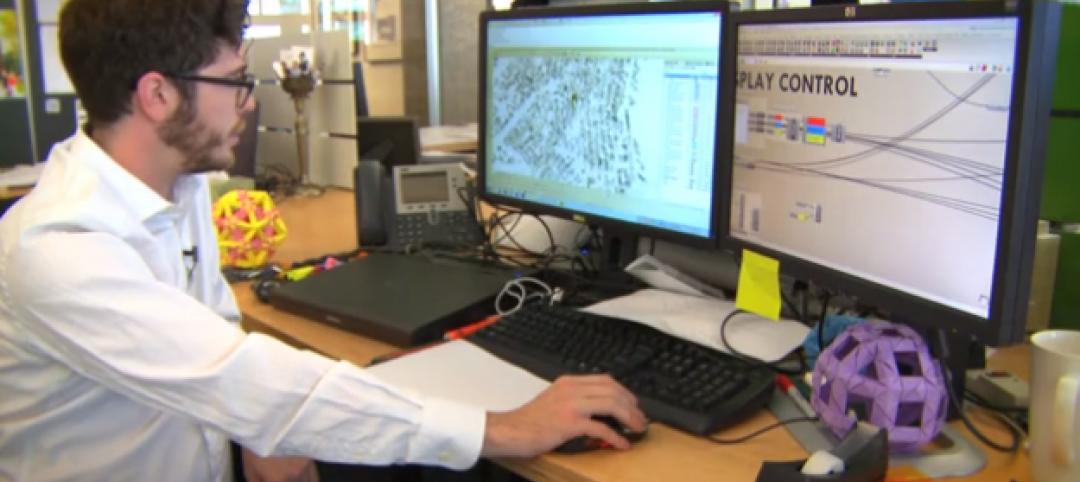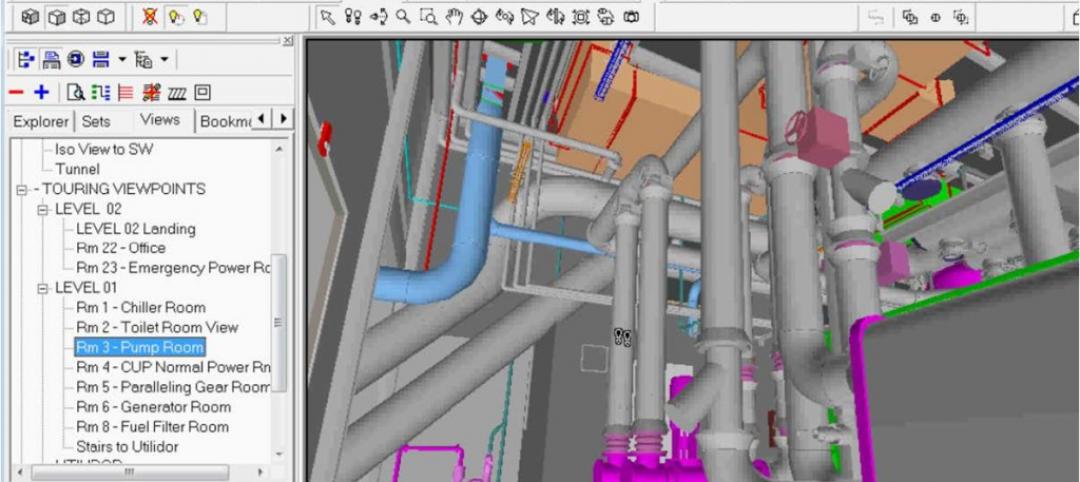
The American Institute of Architects and the AIA California Council have released the results of “Integrated Project Delivery: Case Studies,” a collection of six studies that showcases the process changes and efficiencies of completed building projects that utilized and implemented IPD.
IPD is a construction project model in which owners, design professionals, and general contractors or construction managers jointly share a project's risk and reward. The IPD projects described in the AIA study are the Autodesk AEC Solutions Division Headquarters, Waltham, Mass.; Sutter Health Fairfield (Calif.) Medical Office Building; Cardinal Glennon Children's Hospital, St. Louis; St. Clare Health Center, Fenton, Mo.; Encircle Health Ambulatory Care Center, Appleton, Wis.; and Walter Cronkite School of Journalism, at Arizona State University, Phoenix.
In each case, AIA researcher Jonathan Cohen, FAIA, collected data to measure the completed project against the stated goals of the project team. Through interviews with project participants Cohen and his team also attempted to tell the story of how each project was conceived and carried out.
“Based on these initial reports, IPD is proving to be a solution that frees parties from the processes that often weigh a project down,” Cohen said. “It allows for creativity and innovation in the way stakeholders approach a project—avoiding a 'one size fits all' formula and instead, finding solutions unique to the specific building issues.”
Cohen visited all of the case study projects and interviewed Building Team participants, including one or more representatives of the owner, the architect, and the general contractor or construction manager, and in most cases, the major engineering consultants, specialty subcontractors, building users, and other stakeholders.
Cohen's report includes sections with project detail on early involvement of key participants, shared risk and reward, multi-party contracts, collaborative decision making and control, liability waivers among key participants, and jointly developed and validated targets for all six of the case studies.
Lessons learned and a narrative of each project are detailed in the case studies as well, highlighting obstacles overcome and process changes. In the Sutter Health Project, for example, a few of the subcontractors did not want their foremen attending group scheduling meetings. General contractor Boldt now makes attending those meetings a mandatory requirement for its subcontractors.
“These studies show that IPD is most successful when owners, architects, engineers, and builders step outside the boundaries of traditional roles into a more fluid, interactive, and collaborative process,” Cohen wrote.
AIA spokesman Matt Tinder said that AIA and the AIACC will continue to update the report with new IPD research and that subsequent research will be incorporated into AIA's contract documents, notably C191-2009, Standard Form Multi-Party Agreement for Integrated Project Delivery; C197–2008, Standard Form of Agreement Between Single Purpose Entity and Non-Owner Member for Integrated Project Delivery; and C197–2008, Standard Form of Agreement Between Single Purpose Entity and Non-Owner Member for Integrated Project Delivery.
The entire report is available at http://www.bdcnetwork.com/file/10156-AIA_IPD_case_study.pdf—Jeff Yoders, Senior Associate Editor
Related Stories
| Feb 5, 2014
PPG creates new BIM library, adds custom BIM file creation to tool
PPG Industries announced that it has created a new library of building information and modeling (BIM) files, and that architects and specifiers can now use PPG Glass eVIEW to generate custom BIM files for any conceivable PPG glass configuration.
| Jan 31, 2014
LEGO, Google partner to develop 3D modeling tool for LEGO structures
The free tool, called Build, allows Chrome users to create virtual 3D structures using any shape and color in the LEGO catalog.
| Jan 30, 2014
See how architects at NBBJ are using computational design to calculate the best views on projects [video]
In an ideal world, every office employee would have a beautiful view from his or her desk. While no one can make that happen in real life, computational design can help architects maximize views from every angle.
| Jan 15, 2014
6 social media skills every leader needs
The social media revolution—which is less than a decade old—has created a dilemma for senior executives. While its potential seems immense, the inherent risks create uncertainty and unease.
| Jan 12, 2014
CES showcases innovations: Can any of these help you do your job better?
The Consumer Electronics Show took place this past week in Las Vegas. Known for launching new products and technologies, many of the products showcased there set the bar for future innovators. The show also signals trends to watch in technology applicable to the design and building industry.
| Jan 12, 2014
5 ways virtual modeling can improve facilities management
Improved space management, streamlined maintenance, and economical retrofits are among the ways building owners and facility managers can benefit from building information modeling.
| Dec 31, 2013
Top 10 blog posts from 2013
BD+C editors and our contributors posted hundreds of blogs in 2013. Here's a recap of the most popular topics. They include valuable lessons from one of the first BIM-related lawsuits and sage advice from AEC legend Arthur Gensler.
| Dec 31, 2013
BD+C's top 10 stories of 2013
The world's tallest twisting tower and the rise of augmented reality technology in construction were among the 10 most popular articles posted on Building Design+Construction's website, BDCnetwork.com.
| Dec 17, 2013
IBM's five tech-driven innovation predictions for the next five years [infographics]
Smart classrooms, DNA-based medical care, and wired cities are among the technology-related innovations identified by IBM researchers for the company's 5 in 5 report.
| Dec 16, 2013
Is the metal building industry in a technology shift?
Automation is the future you can’t avoid, though you may try. Even within the metal building industry—which is made up of skilled tradesmen—automation has revolutionized, and will continue revolutionizing, how we work.















